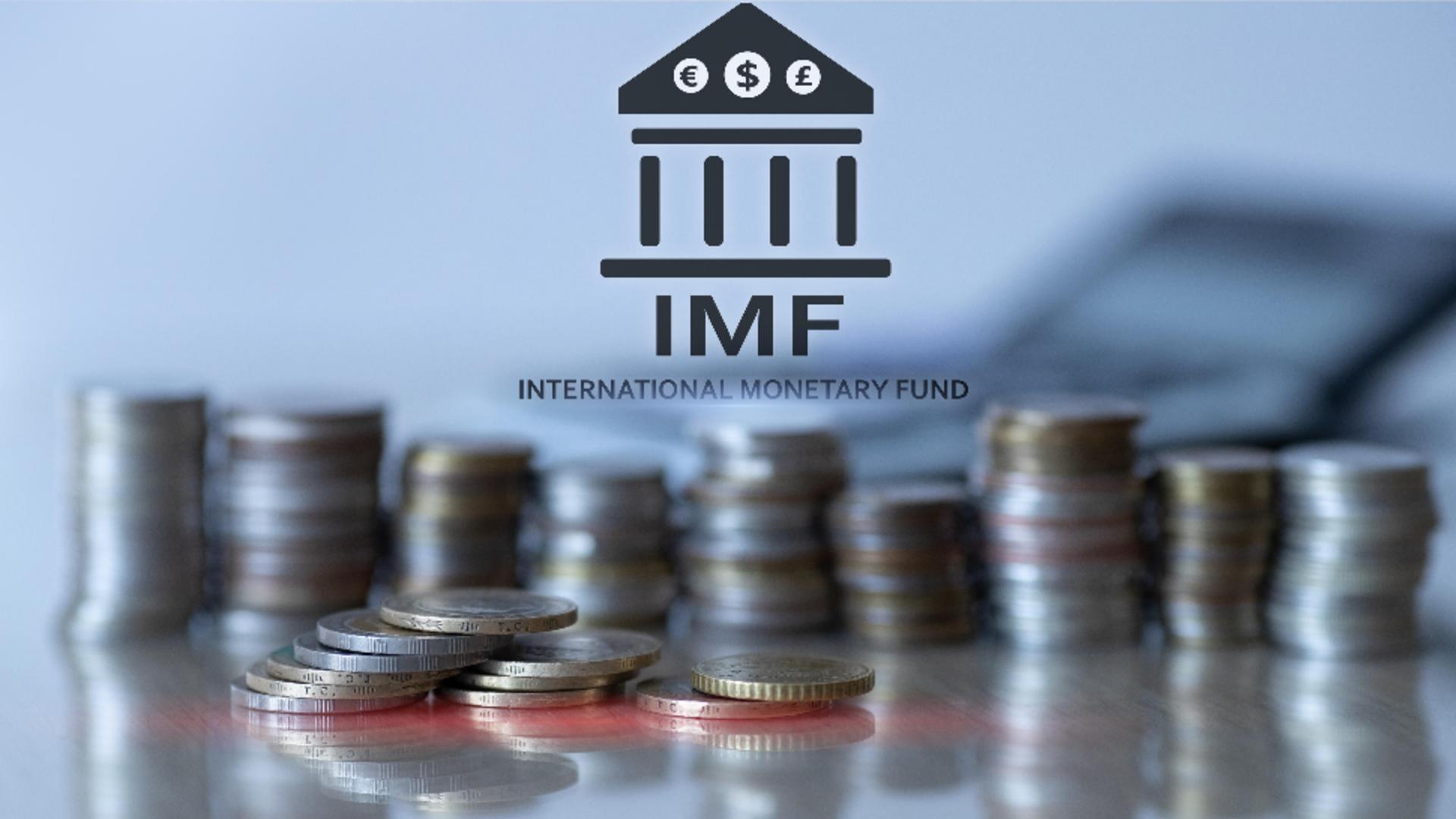They love artists, they’ve got money to burn, and they’re the music industry’s new obsession: Say hello to superfans.
In January alone, Warner Music Group CEO Robert Kyncl called for “stok[ing] the blue flames of superfans” and additional “direct artist-superfan products and experiences”; Universal Music Group CEO Lucian Grainge highlighted the value of “superfan experiences and products”; and Spotify hinted at future “superfan clubs” in a blog post.
The following month, leaders at Interscope and Live Nation shouted out superfans. That was all before Joon Choi, president of the Korean fan platform Weverse, one-upped everyone by telling Music Business Worldwide that “the potential for growth in the superfan business and economy is limitless.” Stoke those blue flames right, and they’ll never stop burning.
All this runaway enthusiasm about superfans “goes back to that Goldman Sachs article,” says Mike Biggane, a former UMG executive and founder of Big Effect, which is developing technology designed to help smaller artist teams. Last summer, the financial institution posited that superfans — Luminate defines this group as listeners who “engage with artists and their content in five-plus different ways” — could inject more than $4 billion into the music industry by 2030.
Goldman’s report also noted that the music business struggles “to fully monetize its content.” Nearly everyone listens to music, but the industry’s value pales next to that of gaming, for example. Games “have been more agile in terms of innovating and adopting ways to generate new revenue streams,” says Ben Sumner, managing director at Feel for Music, which helps games and brands with music supervision.
But for labels and streaming services, collecting new revenue from superfans may be easier said than done. “People are trying to find a simple way to mine fandom,” says Mike Pelczynski, one of the architects of SoundCloud’s “fan-powered royalties,” a payout system that aligns streaming revenue more closely with fandom. “It’s good for investors to hear, but it’s not simple. Every platform is different.”
Not only that: “So much of the conversation is about how to extract more out of the superfan, which I think is a big mistake,” says Bernie Cahill, founding partner of Activist Artists Management. “If you take care of them, you will get far more value out of that relationship than you will by selling them another piece of vinyl or a T-shirt.”
Pelczynski believes that “superfans want to be closer to, and most importantly seen by, their favorite artist.” They also clearly gain from their connections with like-minded enthusiasts — working together to orchestrate fundraising campaigns to support the acts they love, for example. Luminate found that superfans are 43% more likely than the average listener to say they “like to participate in the community” that springs up around an act.
These communities are defined by artist-to-fan and fan-to-fan relationships. It’s not immediately clear where labels can squeeze in.
And it’s notable that, historically, labels actually excel at reaching passive fans. A record label is unmatched when it comes to taking a song that’s connecting with audiences in one space and making it so ubiquitous that it becomes inescapable, the kind of thing that casual listeners run into at the gym and the supermarket. “We can reach Fall Out Boy‘s superfans pretty easily,” says Jonathan Daniel, co-founder of Crush Management (FOB, Miley Cyrus, Lorde and others). “When they have a song that raises its hand above the superfans, different opportunities come for them, and that’s where you really need the label — they’re great at taking it really wide.”
What’s more, in an age of artist empowerment, it’s hard to imagine many acts ceding control of their superfan communities to record companies. “Smart artists really curate a direct connection themselves,” Cahill says — they know their diehard followers keep them afloat. (It’s jarring to hear executives say things like “fandom is the future,” as if it wasn’t also the past.)
These days, due to the fact that artists can record, distribute and market themselves all on the cheap, they usually amass a dedicated following before they even sign to a label. This tends to give them a lot of sway in contract negotiations, and as a result, 360 deals — where labels take a share of the money that artists make from touring and merchandise sales, for example — are out of favor with young managers and lawyers, limiting record companies’ ability to cash in on superfans’ passion.
Nonetheless, to the extent that labels can encourage superfans to stream more or buy additional vinyl variants, they stand to gain financially. All the major labels also own merch companies, so if they can stoke demand for t-shirts that are subsequently manufactured by their own outlets, that’s another win. And UMG recently invested in Weverse and NTWRK’s acquisition of Complex, allowing it to benefit indirectly from superfandom.
Warner has another plan altogether: In February, Kyncl said that he’s “assembled a team of incredible technology talent” to construct “an app where artists can connect directly with their superfans.” While he hasn’t shared any additional details on what this will look like, users would presumably only have access to Warner artists on a Warner superfan platform. However, most listeners probably also want to connect with some acts signed elsewhere, to the extent they even know what labels their favorite artists are signed to.
The other hurdle for new superfan apps, or streaming platforms trying to add new superfan features, is all the existing options: The majority of artists already try to interact with their most passionate fans on TikTok, Instagram, Discord, Reddit and more. As a result, “artists’ time is very scarce,” says Roneil Rumburg, co-founder and CEO at Audius, a blockchain-based streaming service which enabled direct payments from fans to artists last year.
If more streamers try rolling out superfan features — SoundCloud, for example, allowed acts to message their top fans last year — then artists’ time will be crunched even further, as each platform will presumably require a different approach to engagement. In fact, Kyncl used exactly this reasoning to justify Warner’s venture into platform building. Artists “don’t want to optimize just for one platform over another,” he said.
“The few companies that are trying to build their own ecosystems, I applaud it,” Pelczynski says. However, “I think it’s going to be very challenging to make something that people will be willing to spend their time on and add to their daily usual behaviors.”
Like labels, the most prominent streaming services have spent a lot of time in the past decade figuring out how to serve music up to passive fans. (Spotify once had a messaging system, but it was discontinued in 2017 due to “very low engagement.”) They have had success using various recommendation methods — editorial playlists, algorithmic playlists — to ensure that people keep listening.
But a new generation of listeners appears less interested in throwing an editorial playlist on in the background. Younger, more engaged fans like to slow down their favorite artist’s track, mash it up, or duet with it, leading to the proliferation of homemade re-works across social media platforms.
“For the first time ever, an artist can put a song out and it might be a fan-created flavor of it that connects,” says Gaurav Sharma, founder of Hook, a platform that helps rightsholders monetize user-generated remixes. “Community is being built around music on social media, and fan remixing is a way to be unique in that expression.” It may be hard for major streaming services to cater to this type of fandom, though, due to rights issues: Labels probably aren’t going to condone unauthorized remixes on prominent music streamers. (This is the problem Hook is trying to solve.)
There has also been speculation around the industry about streaming services charging superfans extra for early access to music, a tactic that calls back to the exclusive album windows of a decade ago. That said, “fans expect a LOT of value to justify a monthly fee, especially with subscription fatigue,” according to a recent (subsequently deleted) tweet from Emily White, a former Spotify and Billboard employee whose “team was exploring artist fan clubs.”
Still, despite all the potential obstacles, “We’re seeing a lot of momentum on the institutional music side to figure this out and do it quickly,” Rumburg says, before adding a note of caution: “When so many hopes and dreams get injected into one word or concept, there’s no way it ever lives up to the hype.”





